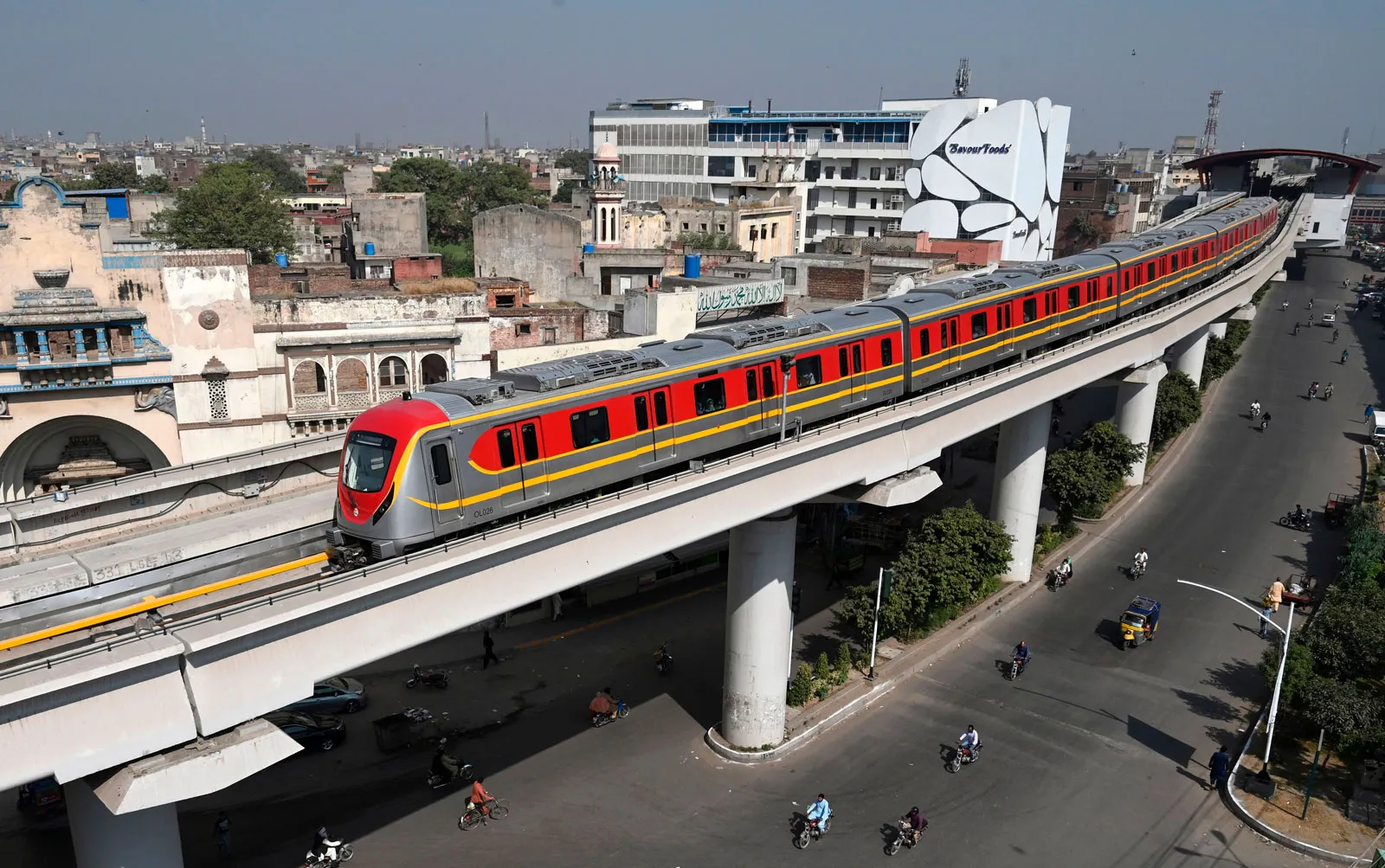
India advances Chabahar Port as strategic gateway
CHABAHAR : India is pressing ahead with its long-term vision to position Iran’s Chabahar Port as its principal maritime gateway for trade with Afghanistan and Central Asia, significantly reducing dependence on the congested and geopolitically sensitive port of Bandar Abbas. The move, announced by the country’s top maritime official, is a strategic recalibration of India’s regional logistics and foreign trade policy amid rising tensions in West Asia.
Shipping and waterways secretary, in a recent review, confirmed that India is accelerating infrastructure investments at Chabahar, located on Iran’s southeastern coast, with a focus on enhancing both rail and road connectivity. This development comes in the backdrop of growing geopolitical instability in the region, including escalating Iran-Israel hostilities and intermittent disruptions in the Strait of Hormuz.
Chabahar is seen as a viable alternative to traditional shipping routes, bypassing Pakistan and the China-Pakistan Economic Corridor (CPEC), offering India more autonomous access to markets in Afghanistan, Iran, and the wider Central Asian region. With enhanced access through Chabahar, Indian exporters will benefit from faster and more reliable logistics corridors for cargo transport, especially in the wake of global supply chain reconfigurations.

The port’s development aligns with India’s broader strategic goals under its “Connect Central Asia” policy and is expected to serve as a catalyst for regional integration. Over the past year, Chabahar has steadily increased its handling capacity, welcoming a rising number of Indian cargo shipments. The shipping ministry highlighted that with the upcoming integration into Iran’s major road and rail systems, Chabahar is poised to become a full-service transit hub.
Officials also indicated that Chabahar’s evolution will open up new economic corridors that could strengthen India’s geopolitical footprint in the region. Notably, the port provides landlocked Afghanistan with direct maritime access, significantly reducing transit times and cost. It also circumvents political bottlenecks faced at Pakistani ports, offering a more stable route for humanitarian and commercial logistics.With India having recently inked a long-term agreement to operate Chabahar Port, the focus has now shifted to expediting investments in terminal expansion, container handling facilities, and supporting infrastructure. The port’s ability to operate year-round without the weather-related disruptions that plague many regional ports makes it particularly advantageous for trade resilience.
From a sustainability lens, the enhanced multimodal transport linkage through Chabahar also reduces carbon-intensive shipping detours, aligning with India’s aspirations of building green logistics corridors. The port is expected to play a crucial role in future transcontinental connectivity projects linking South Asia to Europe via the International North-South Transport Corridor (INSTC).
While geopolitical challenges persist, India’s determination to transform Chabahar into a strategic maritime asset marks a turning point in its regional outreach. As global powers recalibrate their maritime strategies in response to evolving security threats, India’s pivot towards Chabahar underlines a pragmatic and future-ready approach to trade diplomacy.
